Home>Furniture & Design>Interior Design Trends>How To Remove Scotch Tape From Glass


Interior Design Trends
How To Remove Scotch Tape From Glass
Modified: October 19, 2024
Learn effective techniques for removing stubborn scotch tape residue from glass surfaces. Discover interior design trends for a flawless finish.
(Many of the links in this article redirect to a specific reviewed product. Your purchase of these products through affiliate links helps to generate commission for Storables.com, at no extra cost. Learn more)
Introduction
Removing Scotch tape from glass surfaces can be a challenging task, especially when the adhesive has firmly bonded to the glass. Whether it's a stubborn residue from old decorations or accidental tape application, dealing with sticky remnants on glass can be frustrating. However, with the right techniques and materials, it's possible to effectively remove the tape without causing damage to the glass.
In this comprehensive guide, we will explore various methods to tackle this issue, providing step-by-step instructions and tips to ensure successful tape removal. From utilizing heat to employing solvents and household items like vinegar, we'll cover a range of approaches to cater to different preferences and available resources. Additionally, we'll delve into the use of razor blades for more persistent adhesive remnants, offering insights into safe and effective scraping techniques.
By the end of this guide, you'll be equipped with the knowledge and confidence to tackle the task of removing Scotch tape from glass surfaces, restoring their clarity and cleanliness. Let's dive into the materials and methods needed to address this common household challenge.
Key Takeaways:
- Say goodbye to stubborn tape residue on glass! Use heat, solvents, vinegar, or a razor blade for a clean and adhesive-free result. Restore the clarity of glass surfaces with ease.
- From hair dryers to vinegar, tackle tape residue on glass like a pro. With the right materials and methods, achieve a polished and streak-free finish effortlessly.
Read more: How To Get Scotch Tape Off Glass
Materials Needed
When it comes to removing Scotch tape from glass, having the right materials at hand can significantly ease the process. Here's a list of essential items that will aid in effectively tackling the task:
-
Hair Dryer or Heat Gun: Utilizing heat is an effective method for softening the adhesive on the tape, making it easier to remove. A hair dryer or heat gun can provide the necessary heat to loosen the bond between the tape and the glass surface.
-
Rubbing Alcohol or Goo Gone: Solvents such as rubbing alcohol or commercial adhesive removers like Goo Gone can effectively dissolve the adhesive residue left behind by the tape. These products are valuable for tackling stubborn remnants that may not respond to other methods.
-
White Vinegar: A household staple, white vinegar is known for its versatile cleaning properties. When it comes to removing tape residue from glass, vinegar can be an effective and natural alternative to commercial solvents.
-
Razor Blade or Scraper Tool: For persistent adhesive remnants that are resistant to other methods, a razor blade or specialized scraper tool can be used to gently scrape off the residue without damaging the glass surface.
-
Microfiber Cloth or Soft Towel: Having a soft, lint-free cloth on hand is essential for wiping and cleaning the glass surface during and after the tape removal process. A microfiber cloth or soft towel is ideal for ensuring a streak-free finish.
-
Dish Soap: Mild dish soap, when combined with warm water, can be used to clean the glass surface after removing the tape residue. This helps to eliminate any remaining traces of adhesive and ensures a clean, polished look.
-
Plastic Card or Credit Card: A plastic card or credit card can be repurposed as a gentle scraping tool for lifting the edges of the tape and residue from the glass surface without causing scratches.
Having these materials readily available will streamline the process of removing Scotch tape from glass, allowing for a thorough and efficient approach to restoring the glass surface to its pristine condition. Each item serves a specific purpose in the removal process, ensuring that you have the necessary tools to address varying degrees of adhesive residue.
Method 1: Using Heat
Applying heat to the adhesive residue is a highly effective method for loosening the bond between Scotch tape and glass surfaces. The application of heat softens the adhesive, making it easier to peel off the tape without leaving behind stubborn residue. Here's a detailed walkthrough of the process:
Step 1: Prepare the Area
Begin by ensuring that the glass surface is clean and free from any loose debris or dirt. This sets the stage for a smooth tape removal process and prevents additional particles from adhering to the adhesive residue.
Step 2: Use a Hair Dryer or Heat Gun
Hold a hair dryer or heat gun a few inches away from the tape residue. Turn it on to the lowest heat setting and aim the airflow directly at the tape. Move the heat source back and forth over the tape in a sweeping motion, ensuring that the heat is evenly distributed across the adhesive.
Read more: How To Remove Tape Residue From Glass
Step 3: Test the Adhesive
After a few minutes of applying heat, gently attempt to lift the edge of the tape using a plastic card or credit card. If the adhesive begins to loosen and the tape edge lifts easily, continue to peel off the tape slowly. If the adhesive remains stubborn, apply additional heat and test again until the tape can be lifted without resistance.
Step 4: Remove Residue
Once the tape is removed, any remaining adhesive residue can be further softened by applying heat directly to the affected areas. Use the hair dryer or heat gun to warm the adhesive, making it easier to wipe away with a microfiber cloth or soft towel.
Step 5: Clean the Glass Surface
After the adhesive residue has been lifted, use a mixture of warm water and mild dish soap to clean the glass surface. Gently wipe the area with a microfiber cloth to ensure that any remaining traces of adhesive and dirt are removed, leaving the glass surface clean and clear.
By utilizing heat to remove Scotch tape from glass, you can effectively tackle adhesive residue without resorting to harsh chemicals or abrasive methods. This approach is particularly beneficial for delicate glass surfaces, as it minimizes the risk of scratches or damage while achieving a clean and adhesive-free result.
Method 2: Using Solvents
When dealing with stubborn adhesive residue from Scotch tape on glass surfaces, the use of solvents can be an effective solution. Solvents work by breaking down the adhesive, making it easier to remove the tape remnants without causing damage to the glass. Here's a detailed exploration of the process of using solvents to tackle tape residue on glass:
Read more: How To Remove Alien Tape From Glass
Step 1: Selecting the Solvent
Begin by choosing a suitable solvent for the task. Rubbing alcohol and commercial adhesive removers like Goo Gone are popular choices for effectively dissolving adhesive residue. These solvents are readily available and are known for their ability to break down tough adhesives without harming the glass surface.
Step 2: Application of the Solvent
Apply the selected solvent directly to the adhesive residue left by the Scotch tape. Use a soft, lint-free cloth or cotton swab to saturate the affected area with the solvent. Allow the solvent to penetrate the adhesive for a few minutes, giving it time to break down the bond between the tape residue and the glass.
Step 3: Gently Remove the Tape Residue
After the solvent has had time to work its magic, gently begin to lift the edges of the tape residue using a plastic card or credit card. As the adhesive begins to loosen, continue to lift and peel off the residue, taking care not to apply excessive force that could potentially scratch the glass surface.
Step 4: Clean the Glass Surface
Once the tape residue has been successfully removed, use a clean cloth dampened with warm water to wipe the glass surface. This helps to eliminate any remaining traces of the solvent and adhesive, ensuring that the glass is left clean and free from residue.
Read also: 8 Unbelievable Scotch Freezer Tape For 2025
Step 5: Final Touches
For particularly stubborn adhesive remnants, repeat the solvent application process as needed, ensuring that the adhesive is thoroughly dissolved before attempting to remove the residue. After the tape remnants have been completely lifted, a final wipe with a microfiber cloth can provide a streak-free finish, restoring the glass to its pristine state.
Using solvents to remove Scotch tape residue from glass offers a powerful and efficient method for addressing stubborn adhesive remnants. This approach is particularly valuable for tackling larger areas of residue or instances where other methods may not yield the desired results. By following these steps, you can effectively restore the clarity and cleanliness of glass surfaces, ensuring a tape-free and polished appearance.
Method 3: Using Vinegar
Utilizing vinegar as a natural and effective solution for removing Scotch tape residue from glass surfaces offers a gentle yet powerful approach to adhesive removal. White vinegar, a common household staple renowned for its cleaning properties, serves as an eco-friendly alternative to commercial solvents. The mild acidity of vinegar aids in breaking down the adhesive bond, making it easier to lift and remove the tape remnants without causing damage to the glass.
Step-by-Step Process
Step 1: Preparation
Begin by preparing a solution of white vinegar and warm water. Mix equal parts of vinegar and water in a small bowl or spray bottle, creating a potent yet safe cleaning solution. Ensure that the glass surface is free from loose debris and dirt before proceeding with the application of the vinegar solution.
Step 2: Application of Vinegar Solution
Using a spray bottle or a soft cloth soaked in the vinegar solution, generously apply the mixture to the adhesive residue left by the Scotch tape. Allow the vinegar solution to saturate the affected area, ensuring that it penetrates the adhesive and begins to break down the bond between the tape remnants and the glass surface.
Step 3: Gentle Removal of Tape Residue
After allowing the vinegar solution to work its magic for a few minutes, gently lift the edges of the tape residue using a plastic card or credit card. As the adhesive begins to loosen, continue to peel off the residue, taking care to avoid applying excessive force that could potentially scratch the glass.
Step 4: Cleaning the Glass Surface
Once the tape residue has been successfully removed, use a clean cloth dampened with warm water to wipe the glass surface. This step helps to eliminate any remaining traces of the vinegar solution and adhesive, ensuring that the glass is left clean and free from residue.
Step 5: Final Touches
For persistent adhesive remnants, repeat the application of the vinegar solution as needed, allowing it to further break down the adhesive before attempting to remove the residue. After the tape remnants have been completely lifted, a final wipe with a microfiber cloth can provide a streak-free finish, restoring the glass to its pristine state.
By harnessing the natural cleaning power of vinegar, you can effectively address Scotch tape residue on glass surfaces while embracing an eco-friendly and non-toxic approach. This method offers a safe and accessible solution for adhesive removal, catering to individuals seeking a gentle yet potent alternative to commercial solvents. With these steps, you can confidently restore the clarity and cleanliness of glass surfaces, ensuring a tape-free and polished appearance.
Method 4: Using Razor Blade
When dealing with stubborn adhesive residue that proves resistant to other removal methods, employing a razor blade provides a precise and targeted approach to effectively lift and scrape off the tape remnants from glass surfaces. While this method requires caution and a gentle touch, when executed carefully, it can yield impressive results without causing damage to the glass.
Step-by-Step Process
Step 1: Preparation
Before using a razor blade to remove tape residue from glass, ensure that the glass surface is clean and free from loose debris. This minimizes the risk of particles causing scratches during the removal process. Additionally, gather a microfiber cloth, warm water, and mild dish soap to clean the glass surface after the adhesive removal.
Step 2: Lifting the Tape Residue
Carefully hold the razor blade at a shallow angle against the glass, ensuring that it is parallel to the surface. Gently slide the razor blade under the edge of the tape residue, using minimal pressure to lift and separate the adhesive from the glass. It's crucial to maintain a light touch to avoid scratching the glass while effectively lifting the residue.
Step 3: Scraping the Residue
Once the edge of the tape residue has been lifted, continue to use the razor blade to gently scrape and lift off the remaining adhesive. Employ small, controlled movements, and periodically wipe the blade with a cloth to remove any accumulated adhesive, preventing it from being reapplied to the glass surface.
Step 4: Cleaning the Glass Surface
After successfully removing the tape residue with the razor blade, use warm water and mild dish soap to clean the glass surface. Gently wipe the area with a microfiber cloth to ensure that any remaining traces of adhesive and dirt are eliminated, leaving the glass surface clean and free from residue.
Step 5: Final Touches
For thorough adhesive removal, inspect the glass surface for any remaining residue. If necessary, repeat the gentle scraping process with the razor blade, ensuring that the adhesive is completely lifted. Once the glass surface is free from residue, a final wipe with a microfiber cloth can provide a polished and streak-free finish.
By employing a razor blade with precision and care, you can effectively address persistent adhesive remnants left by Scotch tape on glass surfaces. This method offers a targeted and controlled approach to adhesive removal, allowing for the restoration of the glass to its pristine state without resorting to harsh chemicals or abrasive techniques. With attention to detail and a gentle touch, the use of a razor blade can be a valuable tool in achieving adhesive-free and clear glass surfaces.
Conclusion
In conclusion, the process of removing Scotch tape from glass surfaces encompasses a range of effective methods, each tailored to address varying degrees of adhesive residue. From utilizing heat and solvents to harnessing the natural cleaning power of vinegar and employing precision with a razor blade, these methods offer versatile approaches to restoring glass surfaces to their pristine state.
The utilization of heat, whether through a hair dryer or heat gun, provides a gentle yet powerful means of softening the adhesive, making it easier to peel off the tape and address residual residue. This method is particularly beneficial for delicate glass surfaces, minimizing the risk of damage while achieving a clean and adhesive-free result.
Solvents such as rubbing alcohol and commercial adhesive removers offer a potent solution for tackling stubborn adhesive remnants. Their ability to dissolve tough adhesives provides an efficient approach to removing tape residue from glass, catering to instances where other methods may not yield the desired results.
The natural cleaning properties of white vinegar present an eco-friendly and non-toxic alternative for adhesive removal. By harnessing the mild acidity of vinegar, individuals can effectively address tape residue on glass surfaces while embracing a gentle and accessible approach.
For persistent adhesive remnants that prove resistant to other methods, the use of a razor blade offers a precise and targeted approach to lifting and scraping off the tape remnants from glass surfaces. When executed with caution and a gentle touch, this method can yield impressive results without causing damage to the glass.
Ultimately, the comprehensive guide to removing Scotch tape from glass surfaces equips individuals with the knowledge and confidence to tackle adhesive residue effectively. By leveraging the appropriate materials and methods, individuals can restore the clarity and cleanliness of glass surfaces, ensuring a tape-free and polished appearance. Whether utilizing heat, solvents, vinegar, or a razor blade, each method offers a valuable approach to addressing adhesive remnants, catering to diverse preferences and requirements.
With these insights and techniques at hand, individuals can navigate the task of removing Scotch tape from glass surfaces with ease, achieving optimal results while preserving the integrity of the glass. By embracing these methods, individuals can transform the challenge of tape residue removal into a seamless and rewarding process, ultimately enhancing the visual appeal and functionality of glass surfaces within their living spaces.
Frequently Asked Questions about How To Remove Scotch Tape From Glass
Was this page helpful?
At Storables.com, we guarantee accurate and reliable information. Our content, validated by Expert Board Contributors, is crafted following stringent Editorial Policies. We're committed to providing you with well-researched, expert-backed insights for all your informational needs.

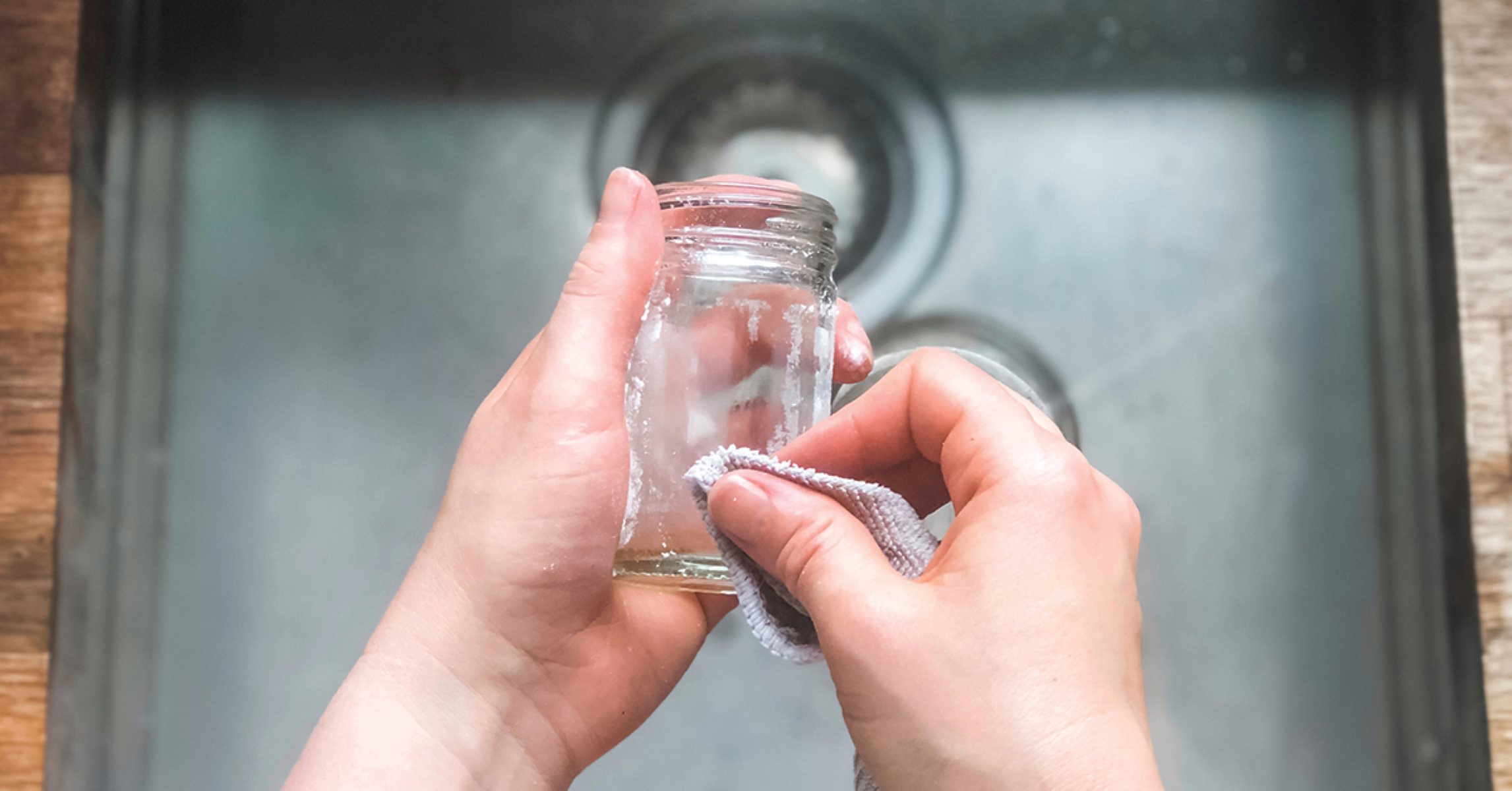
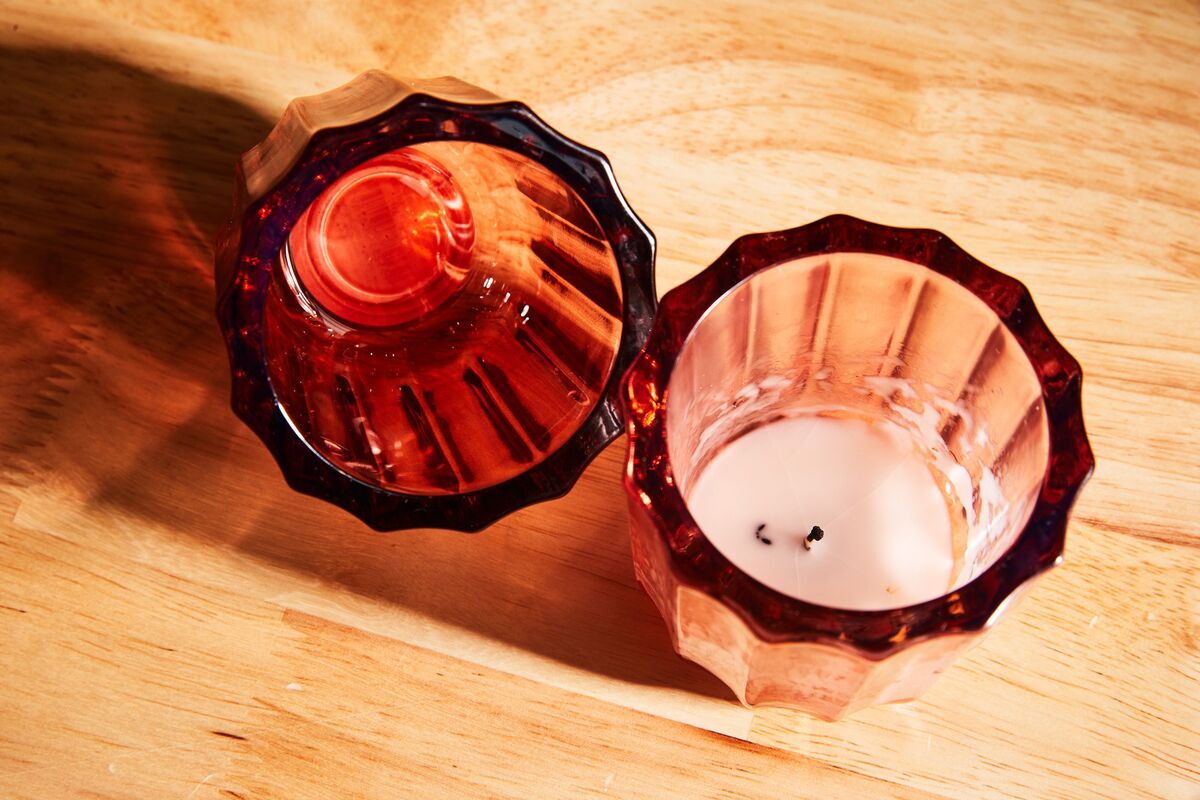
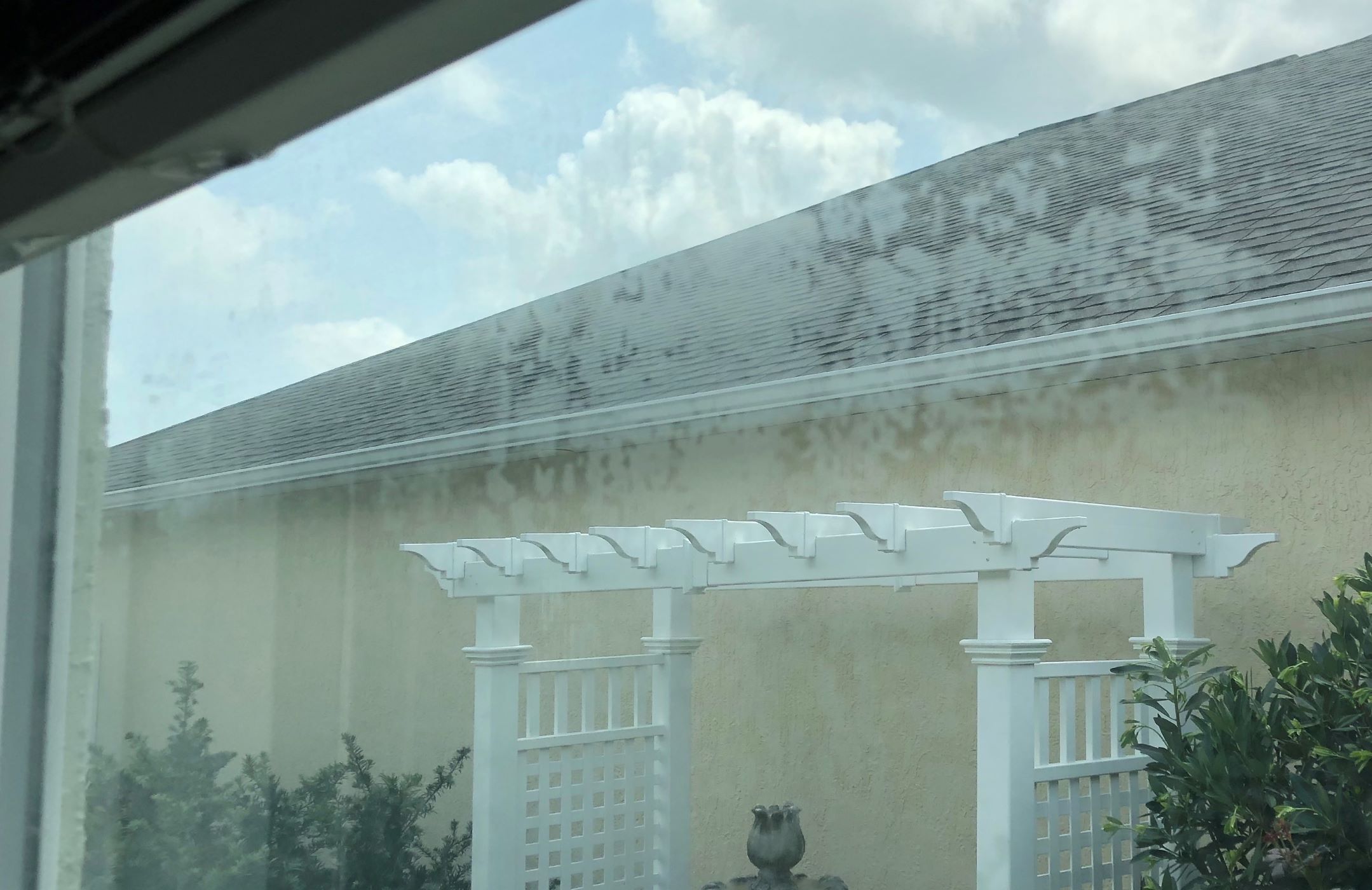
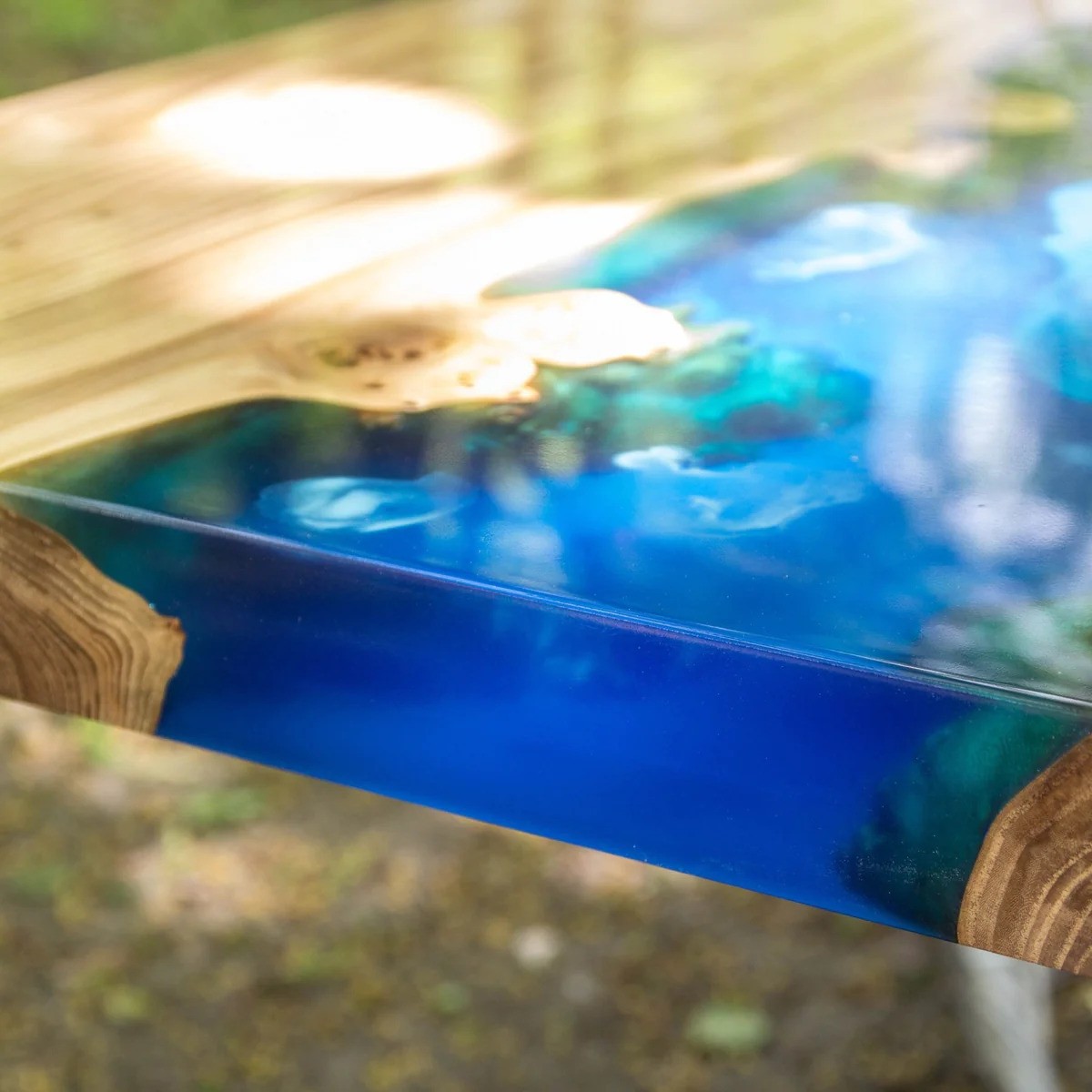
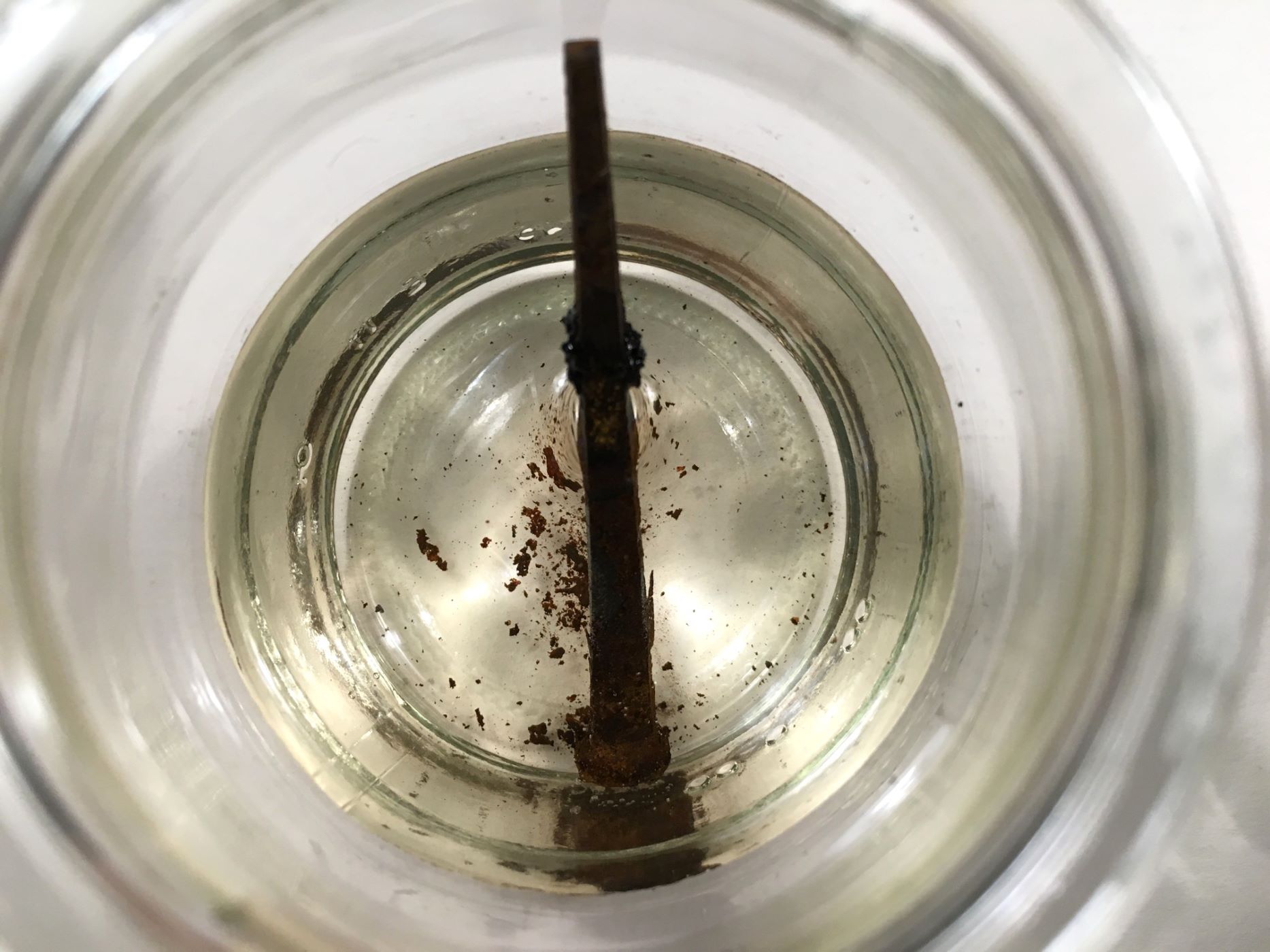
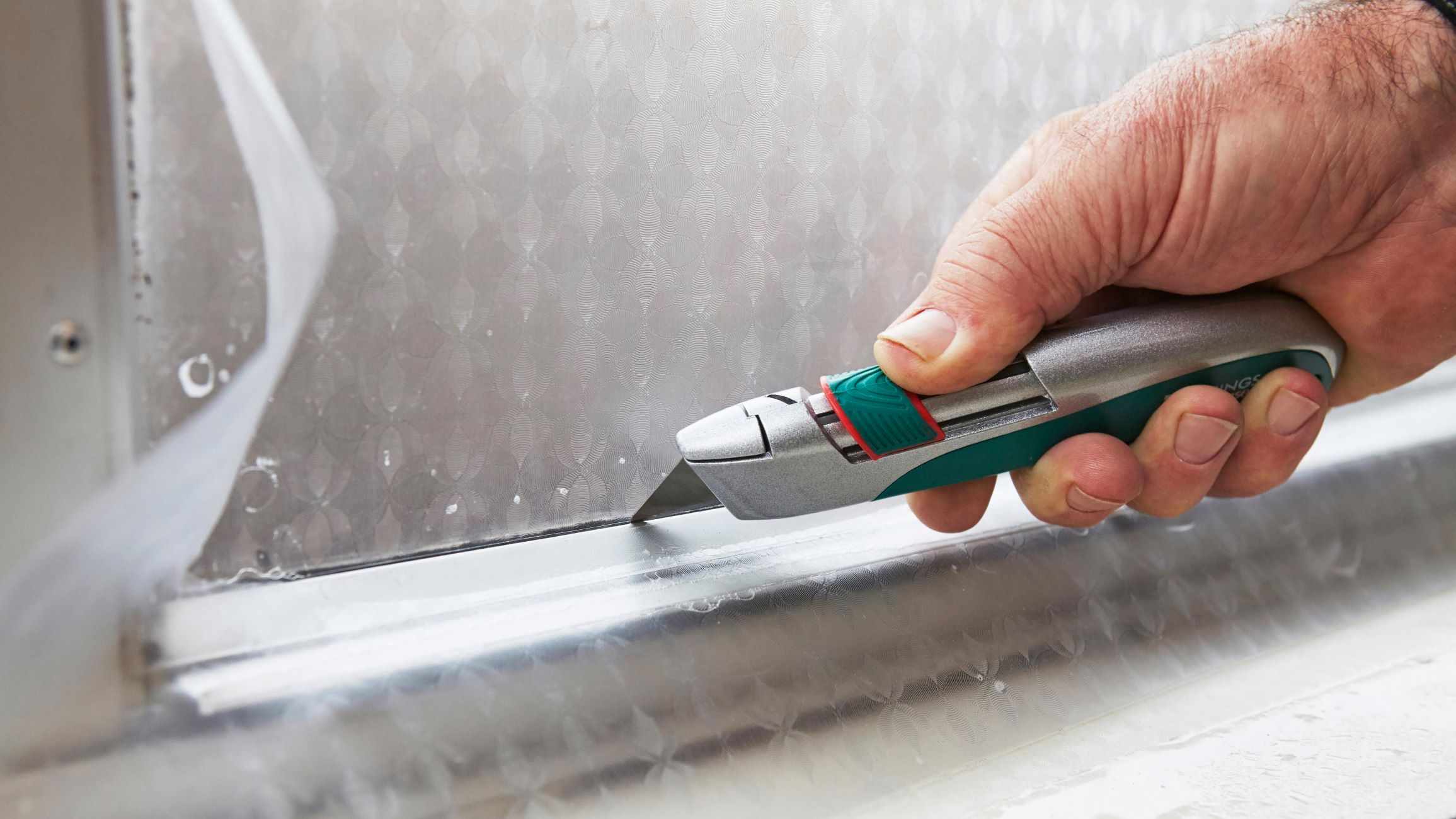
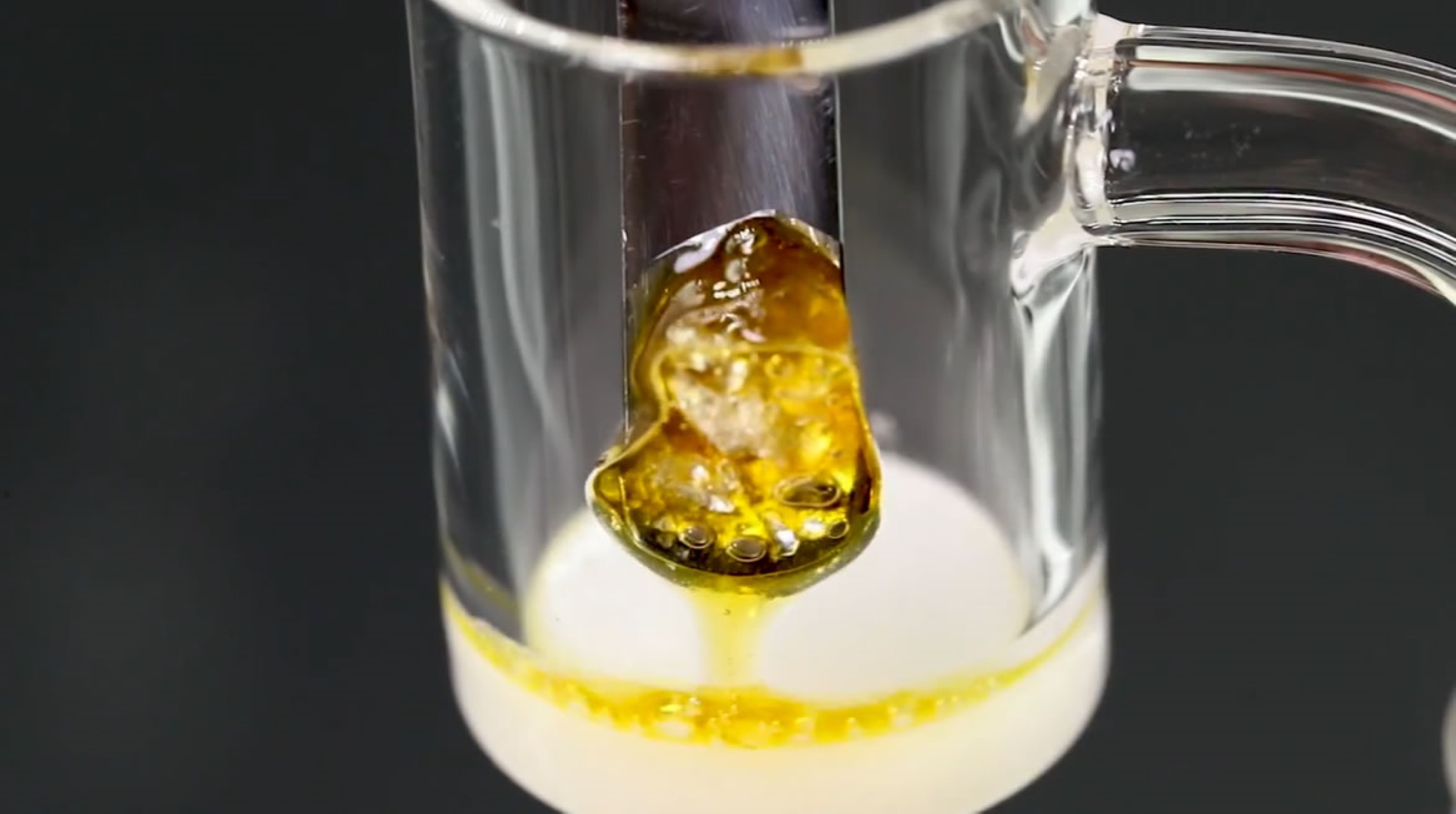
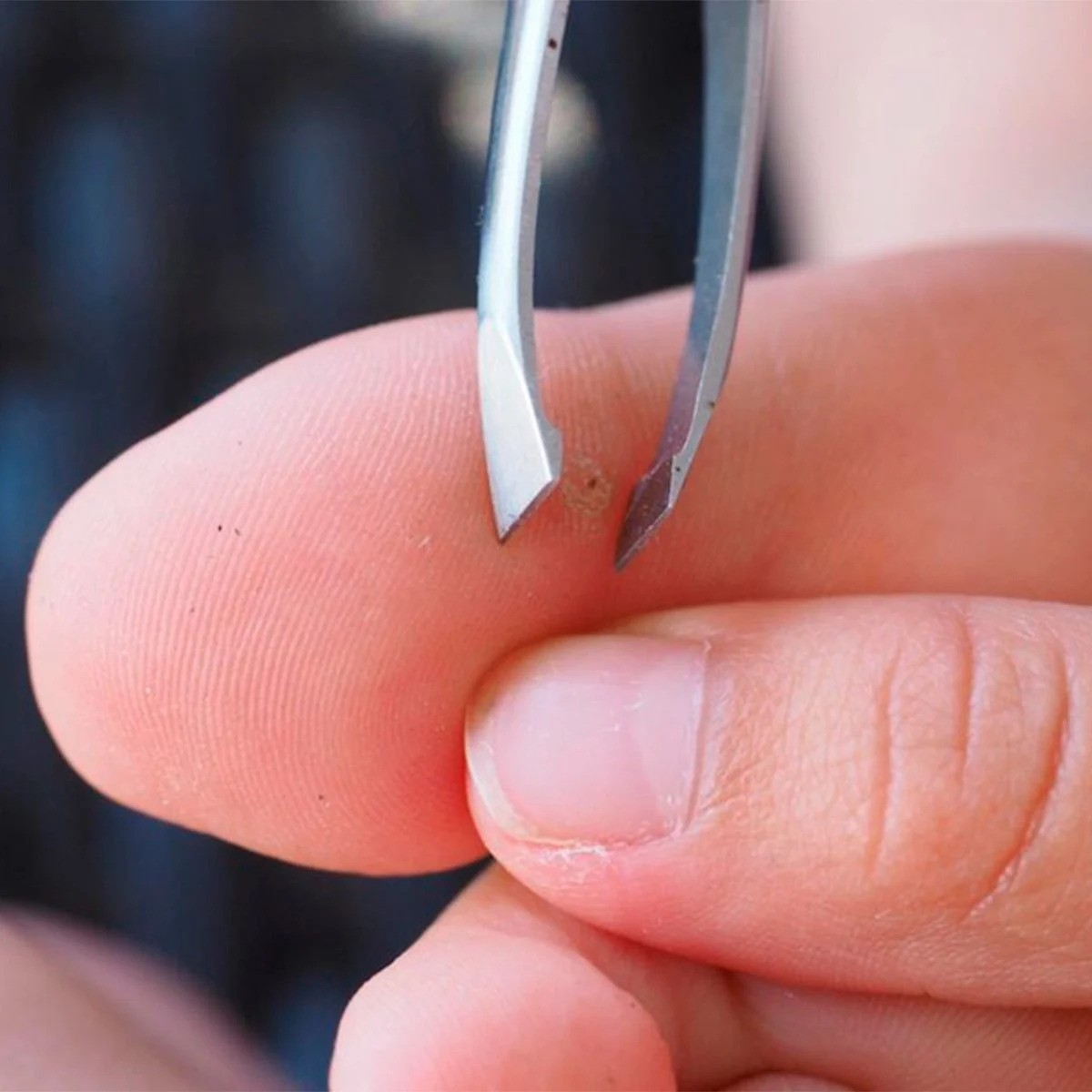
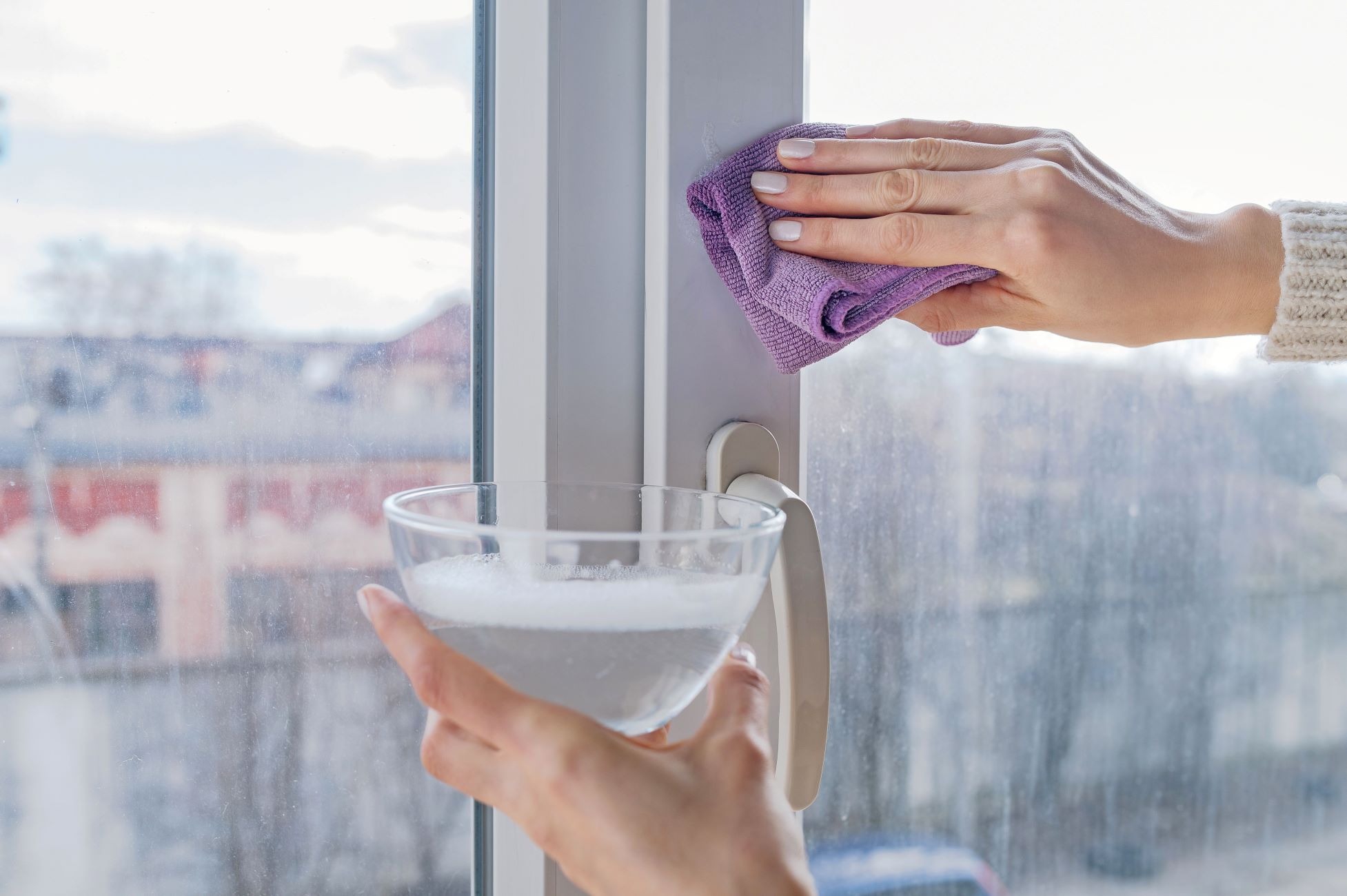
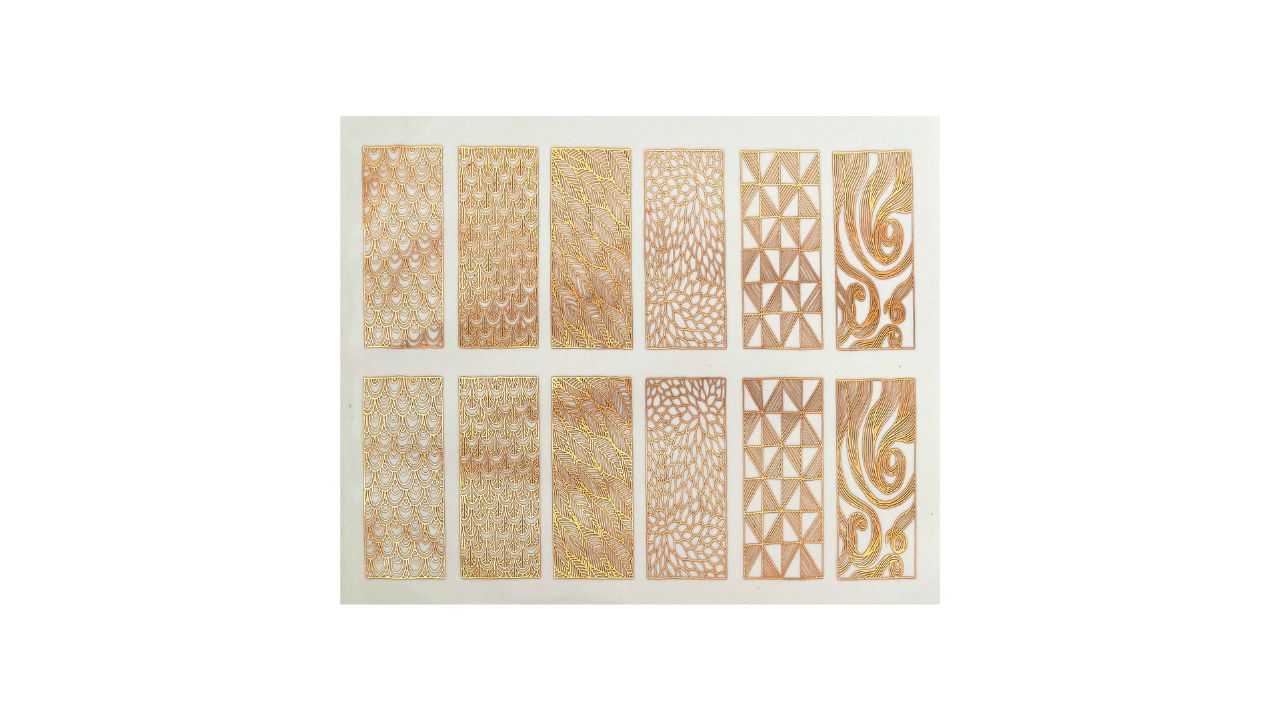

0 thoughts on “How To Remove Scotch Tape From Glass”